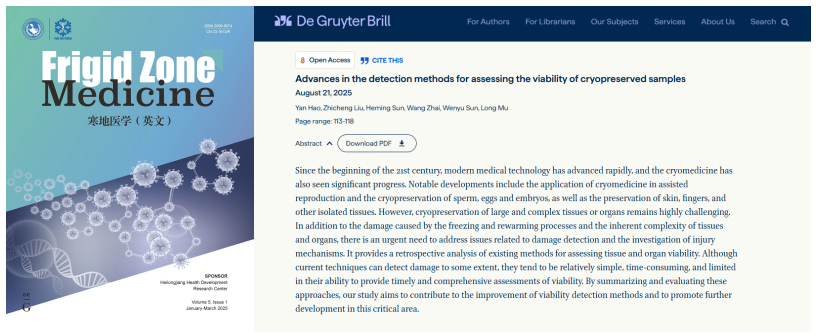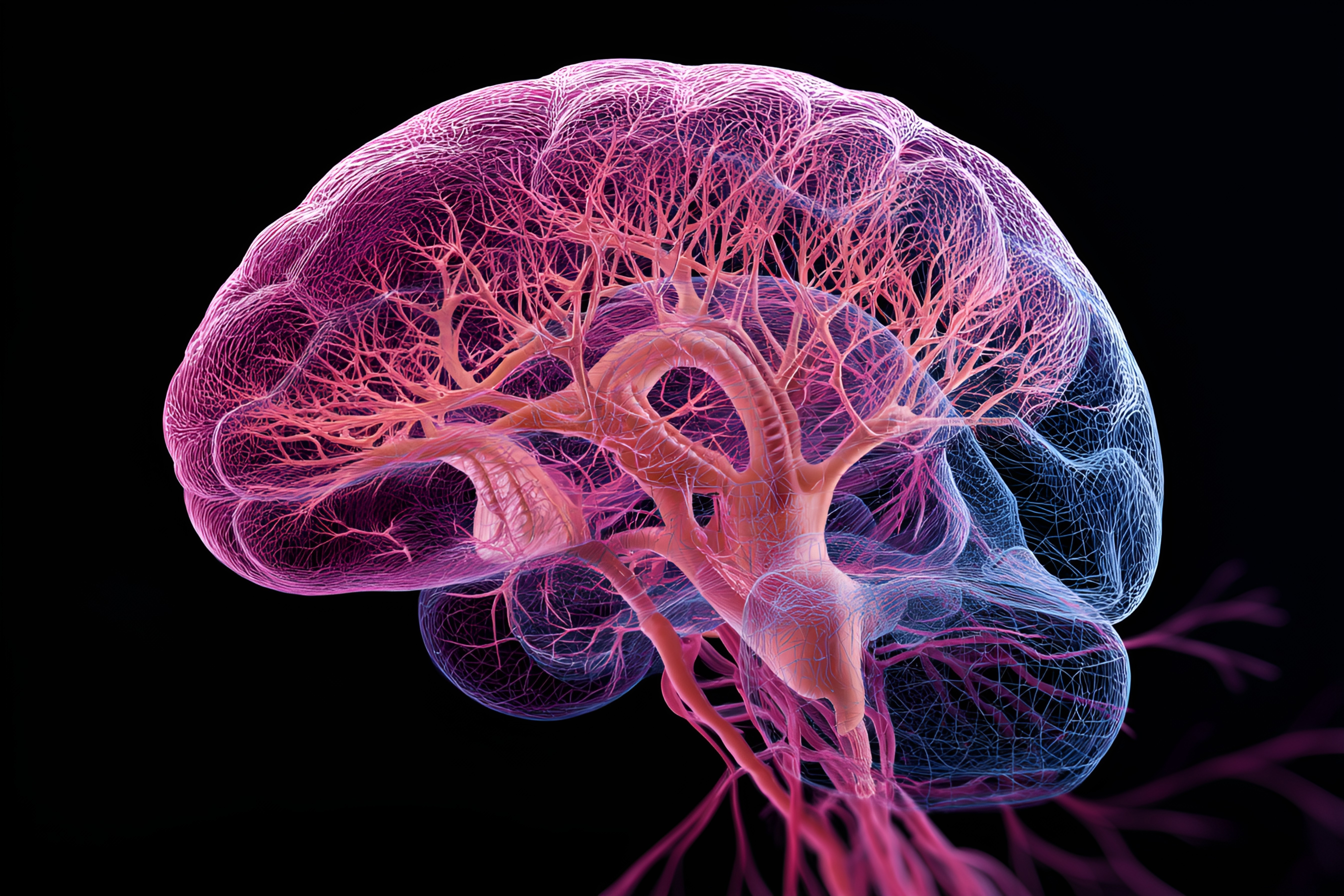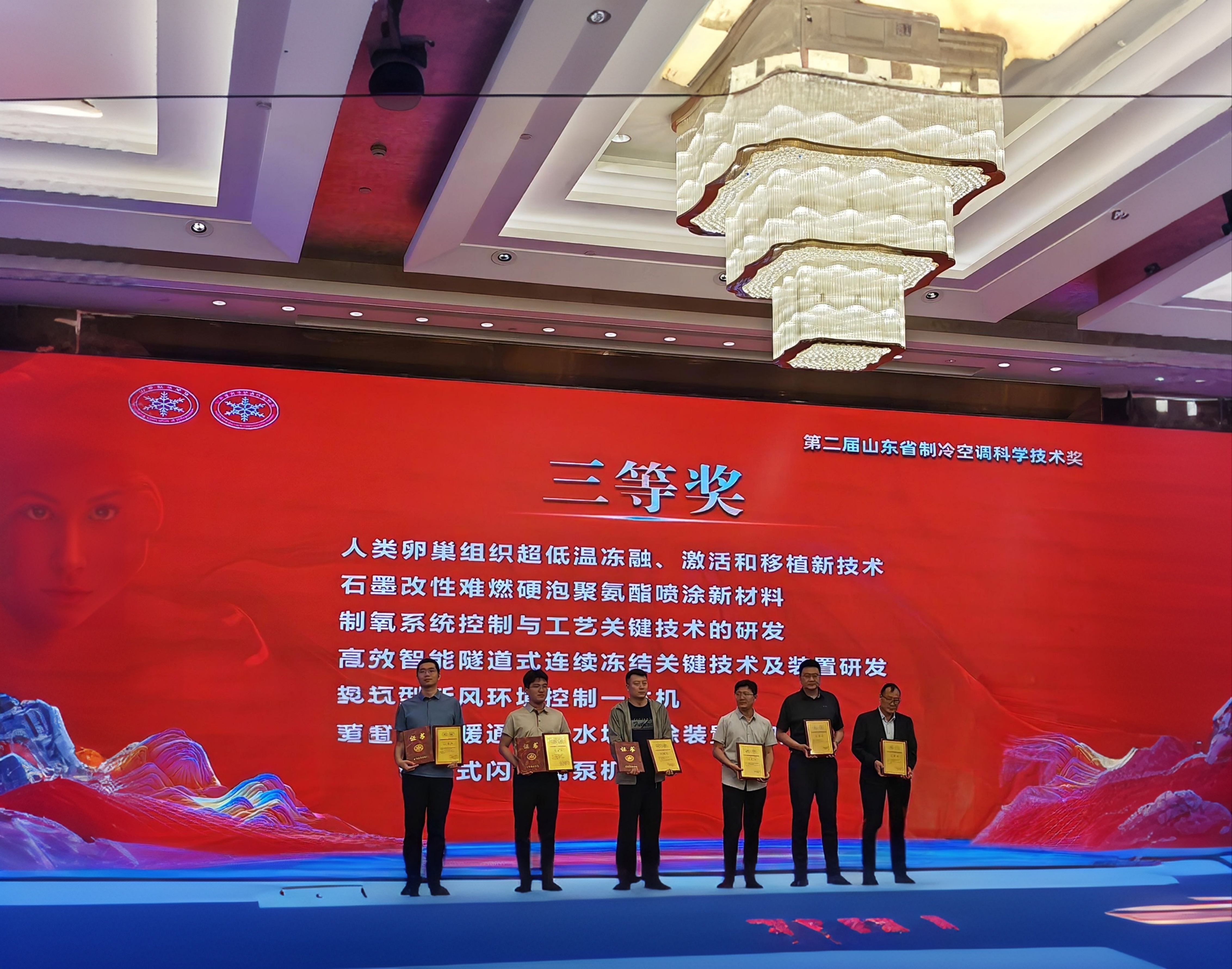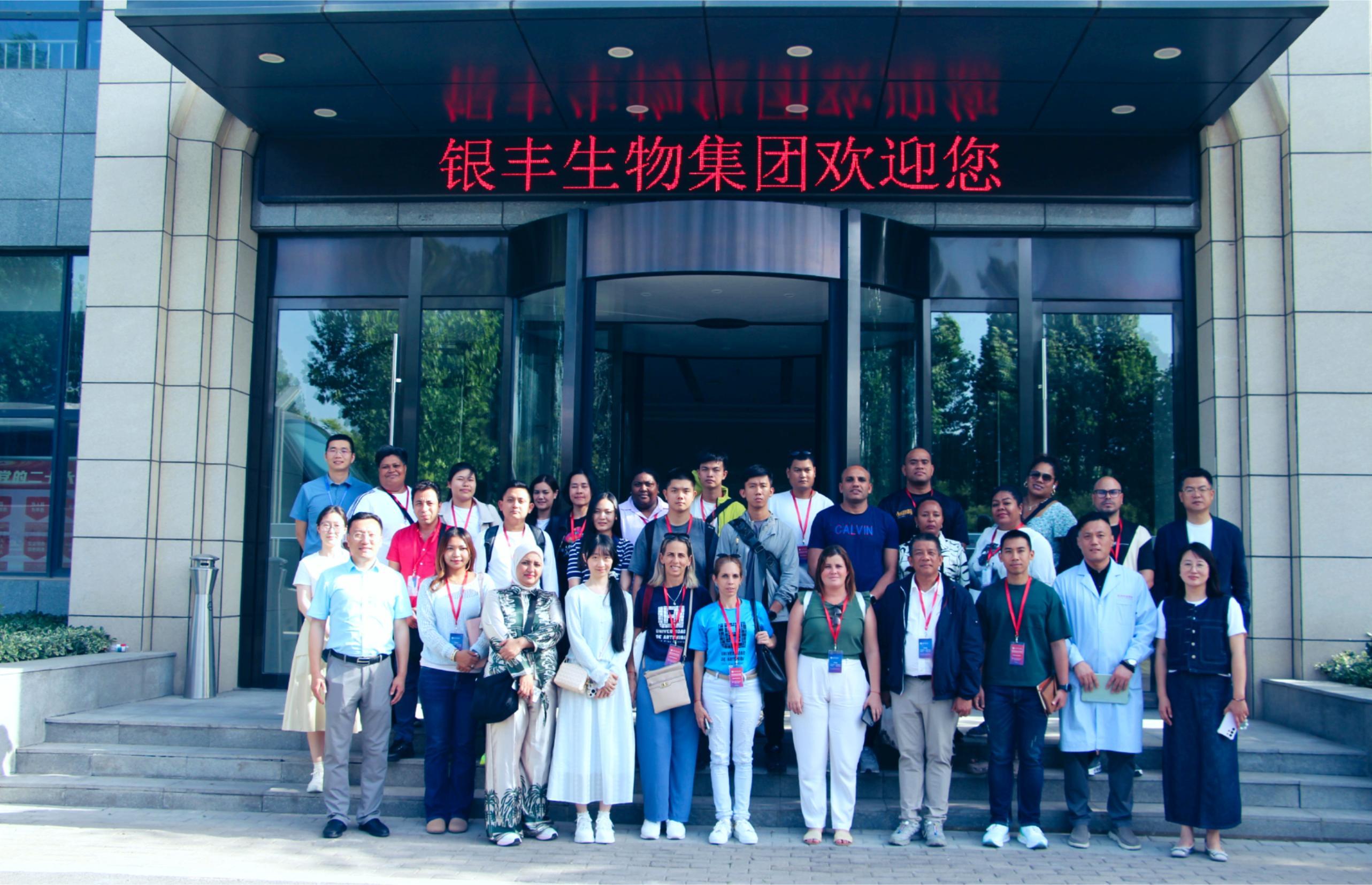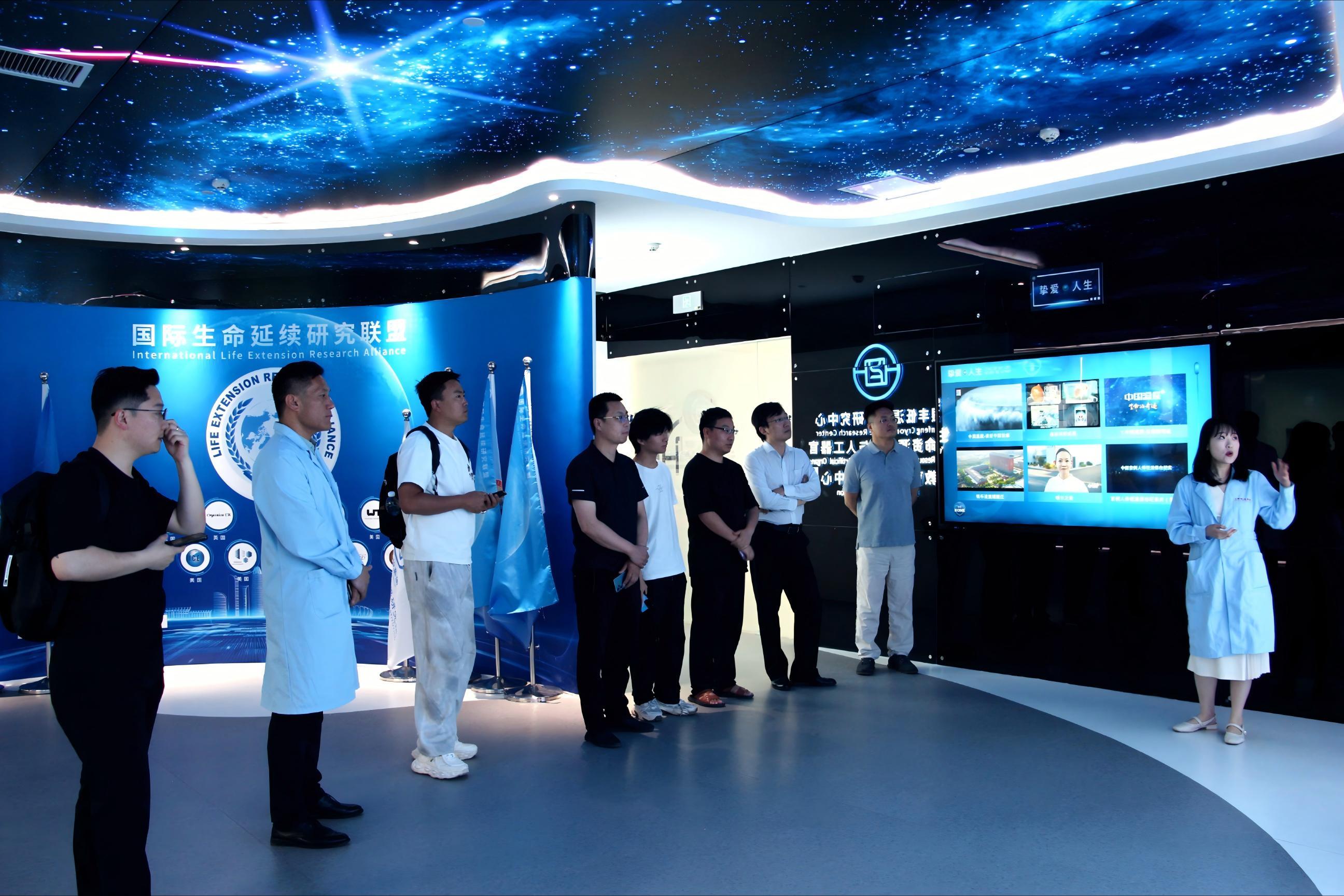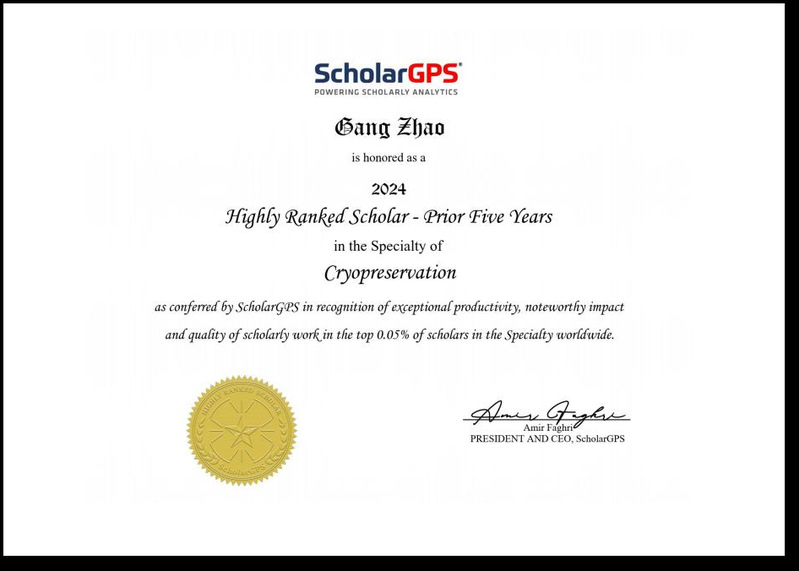Cryopreservation Technology Empowers: New Transplant Technique Revives Donor Hearts In Vitro
Release time:
2025-08-04
Two leading medical institutions in the United States recently announced a major breakthrough in heart transplantation. Through innovative cryopreservation technology and an in - vitro cardiac resuscitation system, they successfully carried out heart transplants, offering a new solution to the organ shortage problem for both children and adults. These two groundbreaking achievements have been published in the prestigious New England Journal of Medicine and are expected to change the traditional ethical disputes in transplantation.
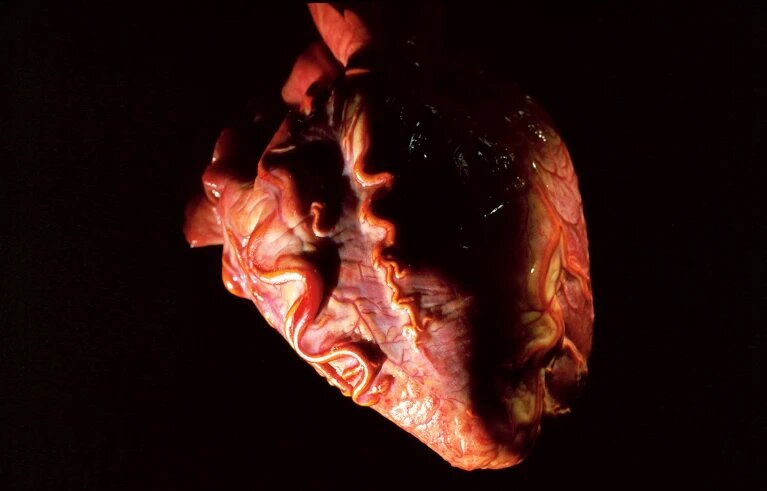
In - Vitro Resuscitation System: Solving the Pediatric Transplant Puzzle
A team led by Joseph Turek, a pediatric cardiac surgeon at Duke University, designed an in - vitro resuscitation system to tackle the shortage of pediatric donor hearts. This technology pumps oxygenated blood into the heart via a catheter connected to the aorta, mimicking the in - vivo circulatory environment and enabling the heart to briefly regain function on the operating table. The team first verified its safety in piglet models and then performed the world's first heart transplant on a one - month - old infant. A heart that had stopped beating for five minutes was resuscitated in vitro and transplanted into a three - month - old patient, with the heart functioning well three months after the surgery.
"Traditional methods require expensive equipment and are not suitable for infants, while our system only needs basic medical facilities," said Turek, the project leader. He pointed out that this technology could potentially add 100 more pediatric heart transplant opportunities in the US each year and provide a low - cost alternative for adults.
Hypothermic Perfusion Technology: Reviving Dormant Hearts
The team from Vanderbilt University Medical Center developed a cryopreservation technology. By injecting a specially formulated, nutrient - rich hypothermic preservation solution into the donor heart, the heart enters a "dormant" state in vitro, simplifying the system. The solution contains red blood cells, electrolytes, vitamins, etc., effectively protecting cardiomyocytes from hypoxia - induced damage. The surgical team completes perfusion before removing the heart and then quickly transports it to the recipient, without relying on expensive equipment or complex machine perfusion systems.
The surgery was successful in the first three adult recipients aged between 40 and 60. Their hearts functioned normally six months after the operation, with no signs of rejection. Subsequently, the research team performed the surgery on 20 more patients, and the results were all satisfactory.
Dual Breakthroughs in Ethics and Demand
Currently, about 43% of organ donors in the US die from circulatory failure, but the utilization rate of their hearts is less than 20% due to ethical disputes and limitations in preservation technology. Traditional resuscitation methods involve in - vivo defibrillation, which may raise ethical concerns about cerebral blood flow restoration. Machine perfusion equipment costs over $100,000 and cannot be used for children weighing less than 40 kg.
Brendan Parent, a transplant ethics expert at New York University, commented, "These two technologies significantly expand the available donor pool by avoiding controversial procedures." Experts are calling for an expansion of clinical trials to verify long - term effects.
As the technology is promoted, tens of thousands of patients worldwide waiting for heart transplants may have new hope. The Associated Press reported that relevant institutions are planning to further optimize the process and make cryopreservation a standard approach for heart transplantation.
Latest developments
Recently, Frigid Zone Medicine, an authoritative international journal in the field of cryomedicine, published an important review titled "Advances in the Detection Methods for Assessing the Viability of Cryopreserved Samples". Written by the team of Yinfeng Cryomedical Research Center, the article systematically reviews and analyzes various detection techniques currently used to evaluate the viability of cryopreserved cells, tissues, and organs. It also proposes key directions from the perspectives of methodological integration and future instrument development, offering crucial theoretical support and practical guidance for the long - term cryopreservation of complex tissues and organs.
Recently, the "Novel Technology for Ultra-Low Temperature Cryopreservation, Activation, and Transplantation of Human Ovarian Tissue," developed through a collaborative effort between Shandong Yinfeng Life Science Research Institute and Beijing University of Chinese Medicine Shenzhen Hospital, has been awarded the 2025 Shandong Refrigeration and Air Conditioning Science and Technology Award. This groundbreaking technology pioneers a new pathway for female fertility preservation, marking a significant leap in China’s interdisciplinary advancements in reproductive medicine and cryobiology.
On May 19, a delegation from the Chinese Training Workshop for Government Officials of Developing Countries visited the exhibition hall of Yinfeng Biological Group's Cryomedicine Research Center. Government officials from multiple countries gained in-depth insights into Yinfeng’s innovative achievements in cryobiomedicine, cell storage, genetic technology, and other fields. They engaged in discussions with the delegation on technology transfer and international cooperation, contributing to the building of a global community with a shared future for humanity.
On the morning of May 17, 2025, an immersive exploration into life sciences and cryomedicine concluded successfully at Jinan Yinfeng Biological Science Park. Hosted by the Shandong Yinfeng Life Science Research Institute, this event offered members a firsthand look into the research base through activities such as ultra-low temperature cryotherapy experiences, brainwave signal acquisition system trials, and expert panel discussions. Participants witnessed the infinite possibilities that cryogenic technology and life sciences hold for humanity.
The international academic platform ScholarGPS recently announced its global lists of Highly Ranked Scholars - Lifetime and Highly Ranked Scholars - Prior 5 Years, recognizing the top 0.05% of scholars across various disciplines. Among the selected Chinese scholars are national-level talents, leading figures in specialized fields, and seasoned academics dedicated to long-term research.



